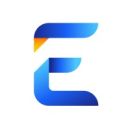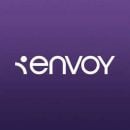“I believe the goal of having a [UX] process is to provide clarity and efficiency without limiting creativity.”
This quote from project44’s Director of Product Experience Jessica Schnepf sums up why UX teams put standardized systems in place; they want to explore the limits of creativity while avoiding as many roadblocks as possible.
Schnepf, as well as UX leaders at Conversant and Envoy Global, shared how collaboration allows this to happen. From tapping the specialized talents of UX and UI professionals, to early ideation and feedback sessions with engineers, teamwork is crucial to these Chicago designers being successful in their roles.
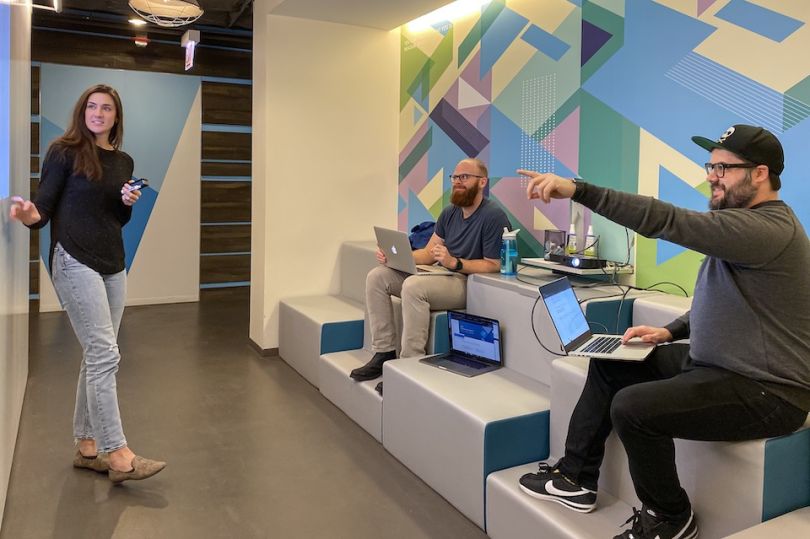
Conversant’s UX Director Molly Deutmeyer said her team at the digital media provider is comprised of a number of specialists with varied skill sets. Deutmeyer shared how each of their individual contributions within the design process increases the team’s overall productivity.
What processes or tools were crucial in helping you scale your UX design process?
At the core of our process is the understanding that a good user experience is comprised of more than just good UX design; that’s why our UX team is stacked equally with dedicated UX designers, UI designers, engineers and quality assurers. This allows us to deliver interfaces that are not only user-friendly but also interactive, visually engaging and coded to a level of fineness that is difficult to achieve with a more traditional UX approach.
Designers save rework on wireframing concepts and crafting high fidelity designs that aren’t feasible. UX engineers code UI skins and also maintain our design system, which extends the reach of our work across apps and to our dev teams company-wide. Project engineers can then focus on app functionality, which lessens dependency on documentation and cross-team communication, shortens dev and QA cycles and eliminates post-dev pixel-pushing sessions.
A final UX quality check allows us to catch last-minute changes. The result is a streamlined UX process that delivers a better experience for end-users.
Flexibility is a top consideration when building and expanding upon our design system.”
As you scaled your UX design processes, how did you ensure team members still had the freedom to be creative and try new things?
Having our UX engineers involved heavily in the design process ensures that design flexibility is a top consideration when building and expanding upon our design system. Most of our components are customizable and configurable, which provides room for exploring outside of the box. Our design system allows us to easily and quickly roll out changes across apps so that we’re not stuck repeating the same patterns in an effort to maintain consistency.
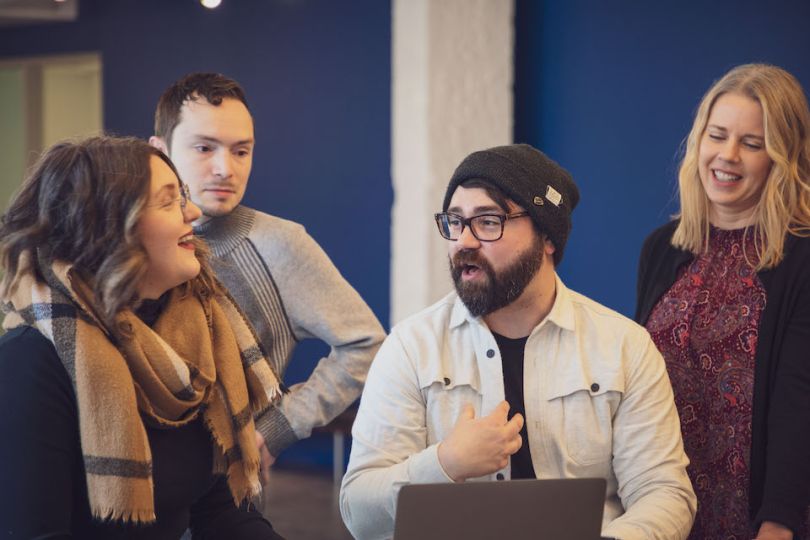
Jessica Schnepf said it’s important for the other teams at project44 to know what happens behind the UX design curtain. For the director of product experience at the logistics company, familiarizing other departments with the design team’s process — and incorporating them into it — results in a user experience that encompasses a greater diversity of thought.
What processes or tools were crucial in helping you scale your UX design process?
Intentionally aligning on a design discovery process has been critical for our team to achieve better outcomes. We adopted the Double Diamond process to guide our design thinking. Having a solidified process allows us to align cross-functionally and provides better visibility into how we problem-solve. Now the other teams we collaborate with understand our approach and know when and how to get involved and contribute ideas.
Having a solidified process allows us to align cross-functionally.”
As you scaled your UX design processes, how did you ensure team members still had the freedom to be creative and try new things?
I believe the goal of having a process is to provide clarity and efficiency without limiting creativity. Through design-thinking tactics and exercises, we’ve been able to quickly explore a wide range of ideas before honing in on one solution. And by involving product management, engineering, operations, customer support and sales teams in our ideation sessions, we’ve discovered more diverse perspectives and innovative outcomes.
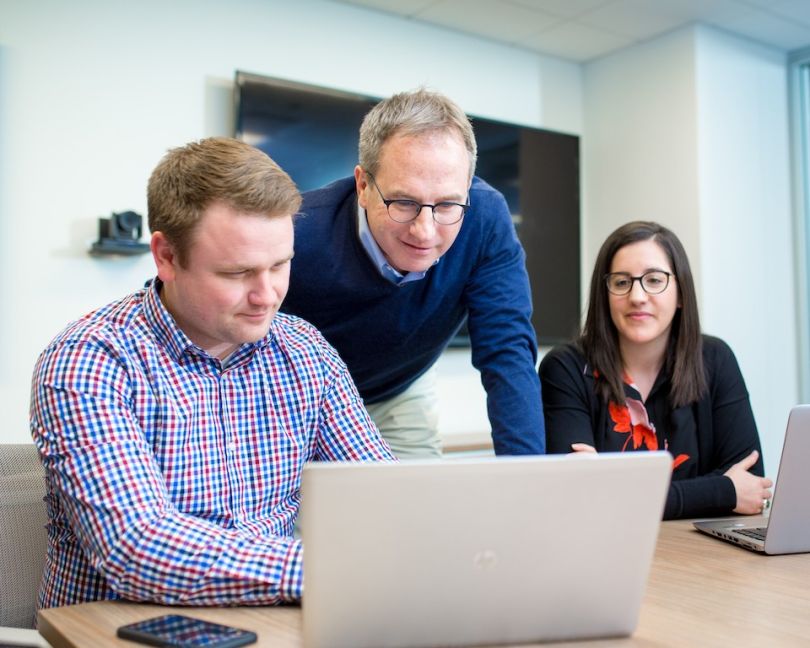
Envoy Global’s UX team values design before development, which gives the team time to creatively experiment and field the opinions of other departments, according to Alice Toth. The lead product designer said dedicated tech tools like InVision help make that collaboration possible.
What processes or tools were crucial in helping you scale your UX design process?
Idea-sharing is key to having a common vocabulary and direction, not only within our team but also within the company. To that end, we use collaborative tools such as Sketch or InVision to facilitate a conversation among other teams. Engaging product, engineering and stakeholders bring their input and ideas into the UX process and help us scale our process beyond just the design team.
Idea-sharing is key to having a common vocabulary and direction.”
As you scaled your UX design processes, how did you ensure team members still had the freedom to be creative and try new things?
Because our design sprints run ahead of development, we have the time to both iterate and collect feedback. A shared vocabulary and pattern library help in the process, as they give us a solid foundation on which to start. Additionally, we encourage designers to play with new products and ideas and evaluate whether or not they’ll enhance our overall process.


